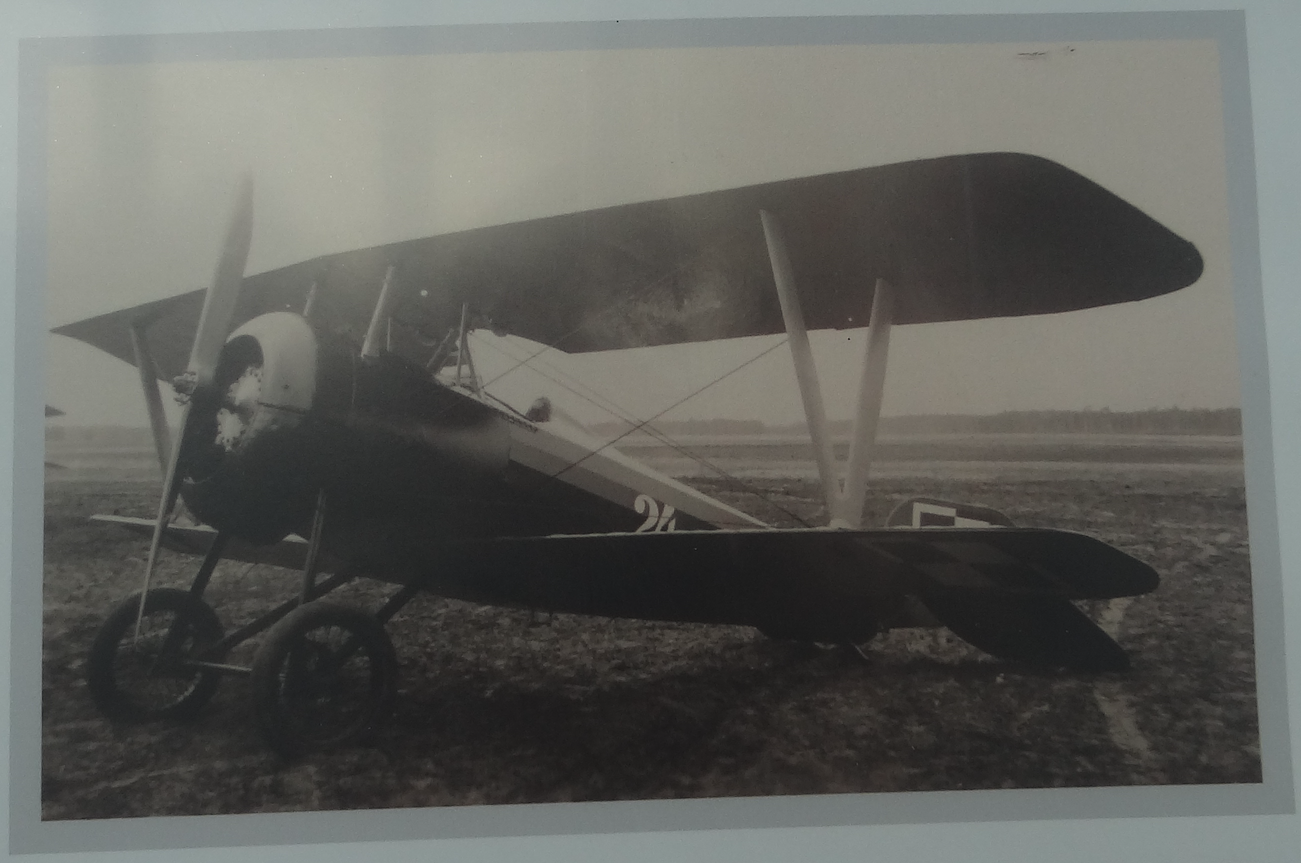Kraków 2018-11-21
2 Polish Aviation Branch. 1917-1918
December 21, 1917 – May 11, 1918.
Photo description: Such planes were used in the 2nd Polish Aviation Department.
In the Chapter "1 Polish Aviation Detachment in Russia" we presented a short history of the 1st Polish Corps in Russia, at which the 1st Polish Aviation Detachment was formed. The 2nd Polish Aviation Unit was established alongside the II. Polish Corps. Therefore, a short history of the II Polish Corps should also be presented.
The one in question, II. Polish Corps in Russia should not be confused with II. Polish Corps – the Polish Armed Forces fighting on the Western Front during World War II.
Basics for molding II. Polish Corps were identical to the basics of forming the 1st Polish Corps. The unit was formed on December 21, 1917, in the town of Soroki in Bessarabia. Bessarabia is a historical land that currently belongs to Moldova and Ukraine. The first commander of II. The Polish Corps was General Sylwester Stankiewicz, then General Władysław Glass (only three days), and then Colonel Józef Haller. The corps consisted of Polish soldiers from the partitioning armies, fighting on the Romanian and South-Western fronts (the area of Volhynia and Podolia). Generally, the officers and generals of the Russian army were favorable to the creation of Polish Corps.
The first Polish infantry division was created in Suceava by General of Infantry Dymitr Szczerbachev and was equipped mainly with Moscow weapons, after the defeated units. The new Corps also included the II. Legion Brigade with about 1,500 soldiers, under the command of Colonel Józef Haller, who crossed the front with his army and joined the II. Polish Corps, on February 15, 1918.
On March 8, 1918, II. The Polish Corps consisted of approximately 7,000 soldiers, which was a small number for a corps. Composed of II. The Polish Corps included: two rifle divisions, two uhlan regiments, one artillery brigade, an engineering regiment and the 2nd Polish Aviation Unit.
The political and military situation was very complicated. In April 1918, General Józef Haller decided to withdraw part II. Polish Corps to the east. Not all commanders supported Józef Haller’s actions. The Germans ordered the disarmament of the Corps. The Battle of Kaniów took place, in which the Germans lost about 1,000 soldiers. The battle had no military significance, but it was a clear contribution of the Polish Soldier in the fight against the invaders. May 11, 1918, is considered the end of the II. Polish Corps. Many soldiers were captured, but many got to France, including General Józef Haller. Their route led through Moscow and Murmansk.
2 Polish Aviation Branch.
The 2nd Polish Aviation Branch began its history in Warsaw in 1915. That year, the Muscovites formed the 19th Fighter Squadron at Pole Mokotowskie. It was dominated by Polish Soldiers. The squadron had about 7 airplanes in stock. After achieving combat readiness, she was sent to the front. After combat losses and various reorganizations, most of the Polish pilots were in the 14th Aviator. When was II created? Polish Corps, most of the Polish pilots were in Suszawa, near Kamień Podolski, now Ukraine. It was commanded by Captain Szumski, Captain Nieżewski, and Lieutenant Narkiewicz.
In the early spring of 1918, the 2nd Polish Aviation Division had French planes in stock: Nieuport 23C1, SPAD S-VII, Farman F-30. This unit was known for a group flight of five planes (two Nieuport 23C1, two SPAD S-VII, one Farman F-30) from Kamianets-Podilskyi to Kaniów. There was a plan to fly to Bobrujsk to the 1st Polish Aviation Unit. However, the flight did not take place, because on April 15, 1918, in the town of Leszczynówka, the Polish fleet of the air force was captured by the Germans who were following the II. Polish Corps in Russia. Pilots and planes of the 2nd Polish Aviation Unit remained without support. The planes had to be abandoned.
Written by Karol Placha Hetman

